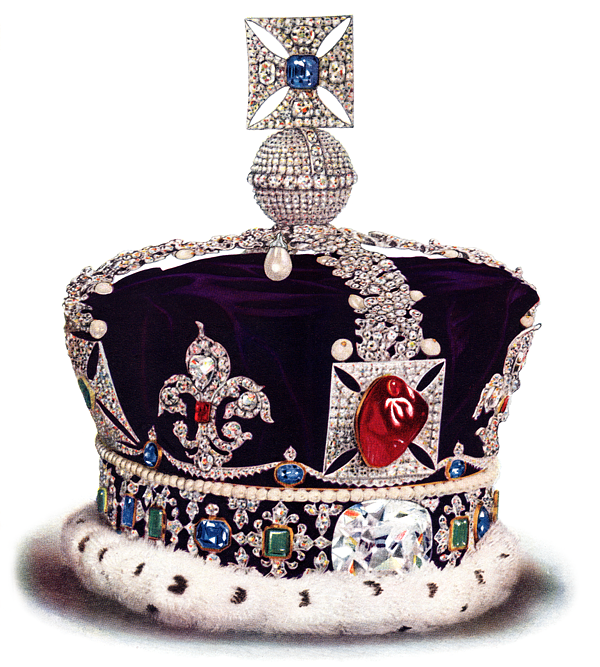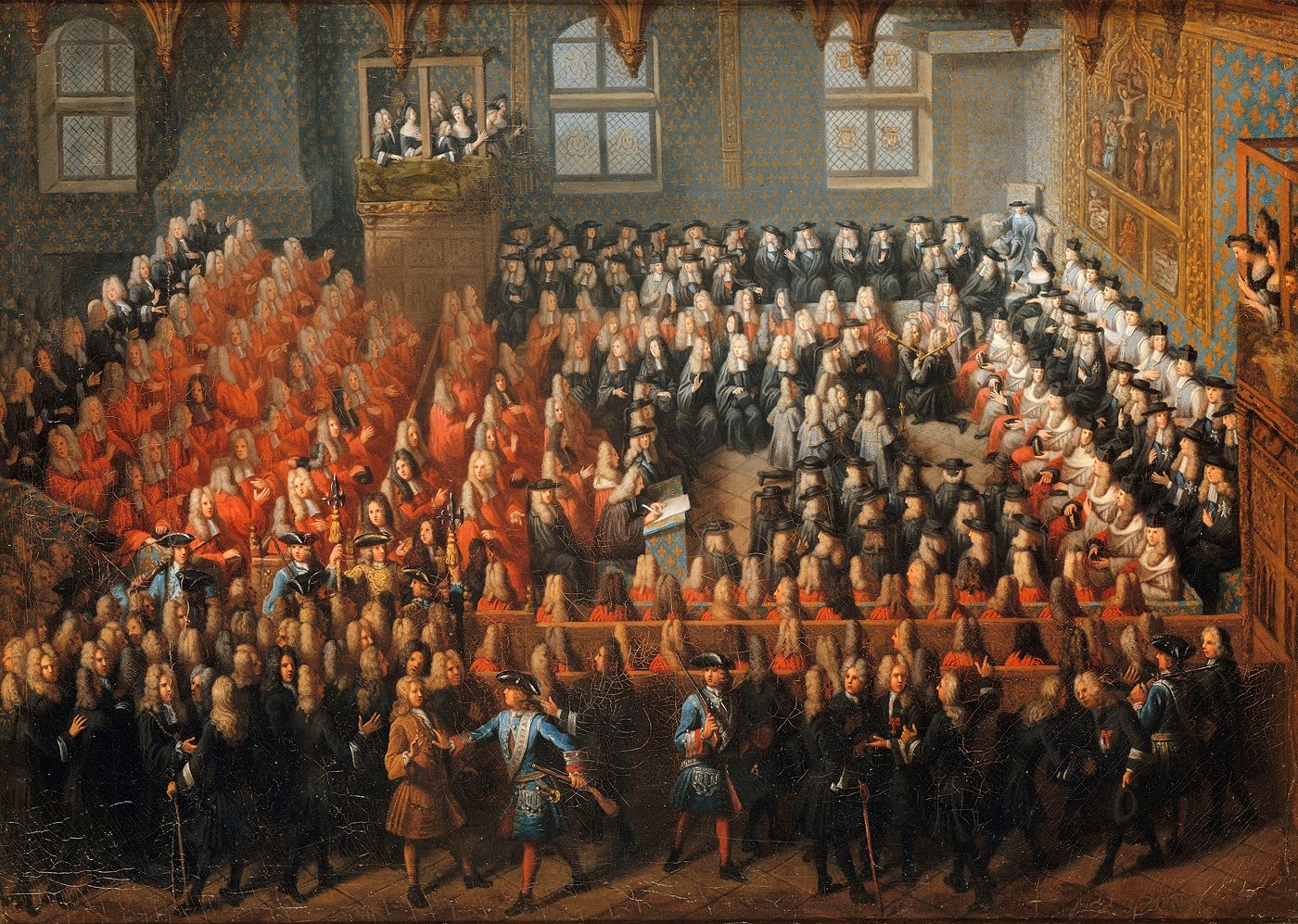|
Duc De Beaumont
Duc de Beaumont is an extinct French nobility, title of nobility in the peerage of France which was created by letters patent in 1765 for French Royal Army officer Charles-François-Christian de Montmorency-Beaumont-Luxembourg. History The lordship of Beaumont-du-Gâtinais in the Île-de-France, was raised to County for Achille de Harlay, a prominent judge and Premier President of the Parlement of Paris. The title went extinct in 1717 with his great-grandson, another Achille de Harlay, but the lands themselves were inherited by the latter's daughter, wife of the Christian Louis de Montmorency-Luxembourg, Marhall of Montmorency (third son of the François-Henri de Montmorency, duc de Luxembourg, Duke of Luxembourg). The Beaumont title was resurrected as a Dukedom for their son Charles-François-Christian de Montmorency-Luxembourg, a general in the French Army. It was a "simple dukedom", meaning his holder was not a Peerage of France, Peer of France. It became extinct on the death ... [...More Info...] [...Related Items...] OR: [Wikipedia] [Google] [Baidu] |
Crown Of A Duke Of France (variant)
A crown is a traditional form of head adornment, or hat, worn by monarchs as a symbol of their power and dignity. A crown is often, by extension, a symbol of the monarch's government or items endorsed by it. The word itself is used, particularly in Commonwealth countries, as an abstract name for the monarchy itself (and, by extension, the state of which said monarch is head) as distinct from the individual who inhabits it (that is, ''The Crown''). A specific type of crown (or coronet for lower ranks of peerage) is employed in heraldry under strict rules. Indeed, some monarchies never had a physical crown, just a heraldic representation, as in the constitutional kingdom of Belgium. Variations * Costume headgear imitating a monarch's crown is also called a crown hat. Such costume crowns may be worn by actors portraying a monarch, people at costume parties, or ritual "monarchs" such as the king of a Carnival krewe, or the person who found the trinket in a king cake. * The nup ... [...More Info...] [...Related Items...] OR: [Wikipedia] [Google] [Baidu] |
Christian Louis De Montmorency-Luxembourg
Christian de Montmorency-Luxembourg (9 February 1675 – 23 November 1746), prince of Tingry, count of Beaumont and count of Luxe, was a marshal of France (1734). He was the 4th son of marshal François-Henri de Montmorency-Luxembourg, duke of Piney and Madeleine de Clermont-Tonnerre. He played a decisive role in the battle of Denain in 1712. In 1722 he commissioned the building of hôtel Matignon The Hôtel Matignon (, ) is the official residence of the Prime Minister of France. It is located in the 7th arrondissement of Paris, at 57 Rue de Varenne. The name Matignon is often used as a metonym for the governmental action of the French p .... References * L'art de vérifier les dates des faits historiques, des chartes, des chroniques ...- de David Bailie Warden, Saint-Allais (Nicolas Viton), Maur François Dantine, Charles Clémencet, Ursin Durand, François Clément - 1818 1675 births 1746 deaths Christian Louis Marshals of France French army commanders in the ... [...More Info...] [...Related Items...] OR: [Wikipedia] [Google] [Baidu] |
House Of Montmorency
The House of Montmorency () was one of the oldest and most distinguished noble families in France. Origins The family name Montmorency derived from their castle in the ''pays de France'', recorded in Latin as ''Mons Maurentiacus'', in 993. ''Maurentiacus'', the name of the area surrounding the castle, meant "estate of Maurentius", probably a Gallo-Roman landowner. The village that grew up in the vicinity of the castle was also known as ''Montmorency'', and is eponymous of the modern commune of Montmorency, Val-d'Oise ''département'', in the immediate neighborhood of Enghien-les-Bains and Saint-Denis, about northwest of Paris. History The family, since its first appearance in history in the person of Bouchard I of Montmorency in the 10th century, has furnished six constables and twelve marshals of France, several admirals and cardinals, numerous grand officers of the Crown and grand masters of various knightly orders. Henry IV of France once said, that if ever the House ... [...More Info...] [...Related Items...] OR: [Wikipedia] [Google] [Baidu] |
Parlement Of Paris
The ''Parlement'' of Paris () was the oldest ''parlement'' in the Kingdom of France, formed in the 14th century. Parlements were judicial, rather than legislative, bodies and were composed of magistrates. Though not representative bodies in the present sense of the word, they had procedures and authorities that could delay the otherwise unchecked power of the King. Because of its location and history, the Parlement of Paris was the most significant. The Parlement of Paris was established under Philip IV of France in 1302. The Parlement of Paris would hold sessions inside the medieval royal palace on the Île de la Cité, which today is the site of the Paris Hall of Justice. History In 1589, Paris was effectively in the hands of the Catholic League. To escape, Henry IV of France summoned the parlement of Paris to meet at Tours, but only a small faction of its parliamentarians accepted the summons. (Henry also held a parliament at Châlons, a town remaining faithful to the king ... [...More Info...] [...Related Items...] OR: [Wikipedia] [Google] [Baidu] |
Achille De Harlay, Count Of Beaumont
Achille (, ) is a French and Italian masculine given name, derived from the Greek mythological hero Achilles. It may refer to: People Artists * Achille Beltrame (1871–1945), Italian painter * Achille Calici (c. 1565–?), Italian painter * Achille Castiglioni (1918–2002), Italian designer * Achille Cattaneo (1872–1931), Italian painter * Achille Devéria (1800–1857), French painter and lithographer * Achille Duchêne (1866–1947), French garden designer * Achille Empéraire (1829–1898), French painter * Achille Formis (1832–1906), Italian painter * Achille Funi (1890–1972), Italian painter * Achille Glisenti (1848–1906), Italian painter * Achille Granchi-Taylor (1857–1921), French painter and illustrator * Achille Lega (1899–1934), Italian painter * Achille Leonardi (c. 1800–1870), Italian painter * Achille Locatelli (painter) (1864–1948), Italian painter * Achille Mauzan (1883–1952), French illustrator, painter and sculptor * Achille Etn ... [...More Info...] [...Related Items...] OR: [Wikipedia] [Google] [Baidu] |
Peerage Of France
The Peerage of France () was a hereditary distinction within the French nobility which appeared in 1180 during the Middle Ages. The prestigious title and position of Peer of France () was held by the greatest, highest-ranking members of the French nobility. French peerage thus differed from British peerage (to whom the term "baronage", also employed as the title of the lowest noble rank, was applied in its generic sense), for the vast majority of French nobles, from baron to duke, were not peers. The title of ''Peer of France'' was an extraordinary honour granted only to a small number of dukes, counts, and princes of the Roman Catholic Church. It was analogous to the rank of Grandee of Spain in this respect. The distinction was abolished in 1789 during the French Revolution, but it reappeared in 1814 at the time of the Bourbon Restoration in France, Bourbon Restoration, which followed the fall of the First French Empire, when the Chamber of Peers (France), Chamber of Peers was ... [...More Info...] [...Related Items...] OR: [Wikipedia] [Google] [Baidu] |
Île-de-France
The Île-de-France (; ; ) is the most populous of the eighteen regions of France, with an official estimated population of 12,271,794 residents on 1 January 2023. Centered on the capital Paris, it is located in the north-central part of the country and often called the Paris Region (, ). Île-de-France is densely populated and retains a prime economic position on the national stage, and it covers , about 2% of Metropolitan France, metropolitan French territory. Its 2017 population was nearly one-fifth of the national total. The region is made up of eight administrative Departments of France, departments: Paris, Essonne, Hauts-de-Seine, Seine-Saint-Denis, Seine-et-Marne, Val-de-Marne, Val-d'Oise and Yvelines. It was created as the "District of the Paris Region" in 1961. In 1976, when its status was aligned with the French administrative regions created in 1972, it was renamed after the historic province of Île-de-France. Residents are sometimes referred to as ''Franciliens'', an ... [...More Info...] [...Related Items...] OR: [Wikipedia] [Google] [Baidu] |
Blason François-Henri De Montmorency-Luxembourg
Blason is a form of poetry. The term originally comes from the heraldic term "blazon" in French heraldry, which means either the codified description of a coat of arms or the coat of arms itself. The Dutch term is , and in either Dutch or French, the term is often used to refer to the coat of arms of a chamber of rhetoric. History The term forms the root of the modern words "emblazon", which means to celebrate or adorn with heraldic markings, and "blazoner", one who emblazons. This form of poetry was used extensively by Elizabethan-era poets. The terms "blason", "blasonner", "blasonneur" were used in 16th-century French literature by poets who, following Clément Marot in 1536, practised a genre of poems that praised a woman by singling out different parts of her body and finding appropriate metaphors to compare them with. It is still being used with that meaning in literature and especially in poetry. One famous example of such a celebratory poem, ironically rejecting each prop ... [...More Info...] [...Related Items...] OR: [Wikipedia] [Google] [Baidu] |
Beaumont-du-Gâtinais
Beaumont-du-Gâtinais (, ''Beaumont of the Gâtinais'') is a commune in the Seine-et-Marne department in the Île-de-France region in north-central France. The inhabitants are called ''Beaumontois''. See also *Communes of the Seine-et-Marne department The following is a list of the 507 communes of the Seine-et-Marne department of France. The communes cooperate in the following intercommunalities (as of 2025): References External links 1999 Land Use, from IAURIF (Institute for Urban Planning and Development of the Paris-Île-de-France région) * ... [...More Info...] [...Related Items...] OR: [Wikipedia] [Google] [Baidu] |



